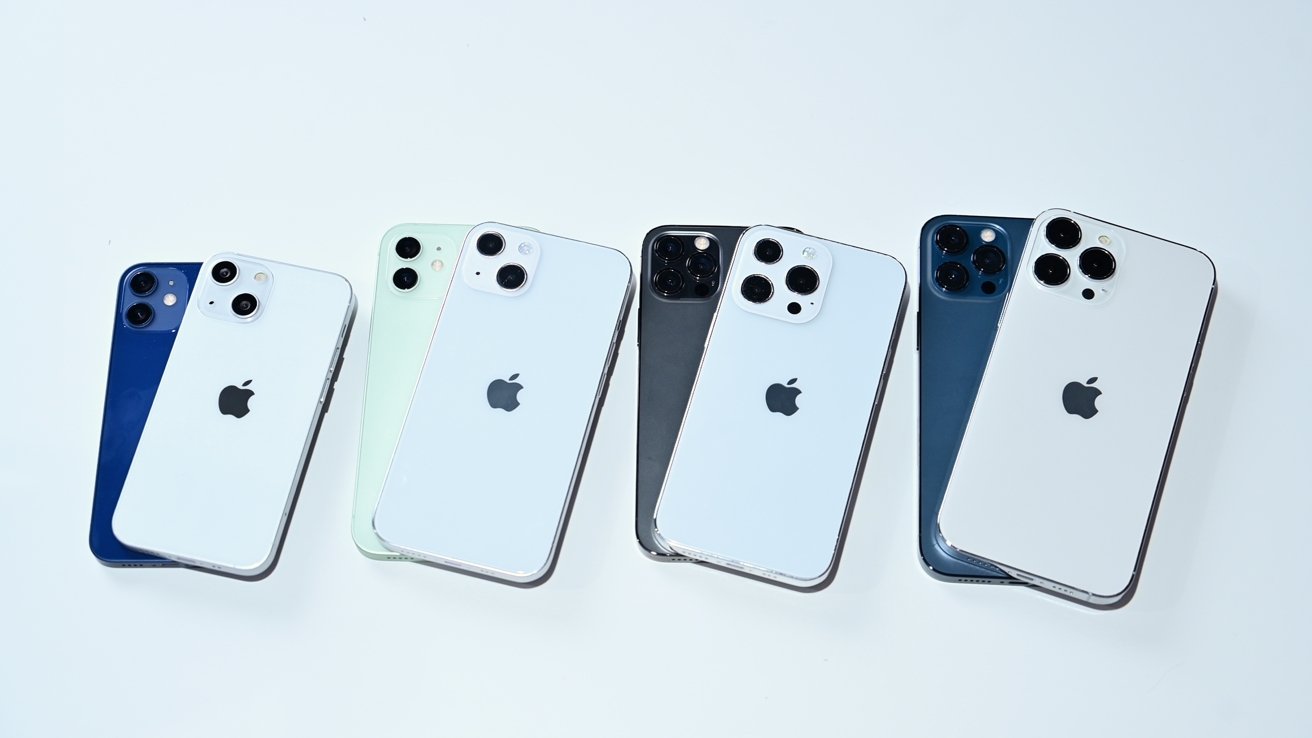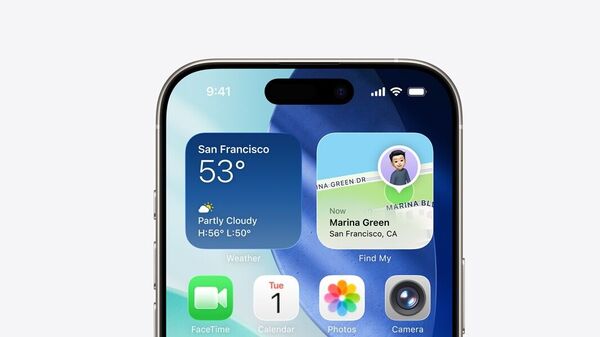Samsung Introduces $1,800 Galaxy XR Headset to Rival Apple’s Vision Pro
Samsung’s Galaxy XR Merges AI and Immersion to Transform How We Work and Engage
Samsung is officially diving into extended reality (XR) with the introduction of Galaxy XR, its inaugural AI-native headset and the first product for the Android XR ecosystem. Unveiled today, this device initiates a broad collaboration between Samsung, Google, and Qualcomm to integrate artificial intelligence with immersive computing, a strategy that could revolutionize how individuals work, engage, and navigate digital environments.
At its essence, the Galaxy XR operates on Android XR, a novel platform co-created by the three technology leaders, featuring Google’s Gemini AI embedded within. This signifies that it’s not merely a headset operating Android applications but also an AI-enabled gadget that comprehends your environment, interacts intuitively through voice, vision, and gestures, and assists you in managing tasks in a human-like manner. Envision it as a spatial computing companion that doesn’t just follow commands but perceives what you perceive and responds in kind.
Samsung refers to the Galaxy XR as the inaugural stage in its XR journey, with additional form factors — including AI glasses — already in development. The headset’s design prioritizes comfort for extended use, utilizing lightweight materials, a well-balanced frame, and a detachable light shield. The battery pack is separate, contributing to a lighter experience on the head while providing up to 2.5 hours of usage on a single charge.
Internally, it operates on Qualcomm’s Snapdragon XR2+ Gen 2 platform, featuring 16GB of RAM and a Micro-OLED display presenting 29 million pixels at rates of up to 90Hz. The visuals are described as sharp, fully immersive, and complemented by a rich audio experience from a dual-speaker arrangement. It also precisely tracks your head, hands, and eyes through a combination of cameras and sensors.
Your Favorite Android Applications, Reimagined in 3D
Right out of the box, Galaxy XR accommodates familiar Android experiences in a 3D form — Google Maps, YouTube, Google Photos, and even Circle to Search — all tailored for the new platform. You can navigate urban landscapes in 3D, delve into YouTube videos with real-time AI assistance, or simply draw a circle in the air to recognize objects around you. The new Media Auto Spatialization from Google Photos adds dimension to your 2D images and videos.
The headset also serves as a personal cinema, allowing you to stream in 4K, watch multiple sports events simultaneously, or engage in AI-enhanced XR gaming where Gemini offers coaching and game strategy insights. For creators, tools like Adobe’s Project Pulsar simplify 3D editing and cinematic layering to be straightforward and user-friendly.
From Play to Productivity: XR Enters the Enterprise Arena
Samsung is not limiting its focus to consumer use. The company is also extending Galaxy XR into the enterprise sector, partnering with entities like Samsung Heavy Industries to utilize it for virtual shipbuilding training. Moreover, it is collaborating with Qualcomm’s Snapdragon Spaces ecosystem to assist developers in realizing XR business applications.
And if the headset doesn’t appear futuristic enough, Samsung is also hinting at forthcoming AI glasses created in collaboration with Warby Parker and Gentle Monster, fusing smart technology with luxury fashion.
The Galaxy XR will be available starting October 21, 2025, for $1,800, through samsung.com and Samsung Experience Stores. Optional accessories like the Galaxy XR Controller and Travel Case will retail for $250 each. Early adopters will receive The Explorer Pack, a bundle worth over $1,000, which includes a year-long subscription to Google AI Pro, YouTube Premium, Google Play Pass, and an assortment of premium XR content.
Read More








